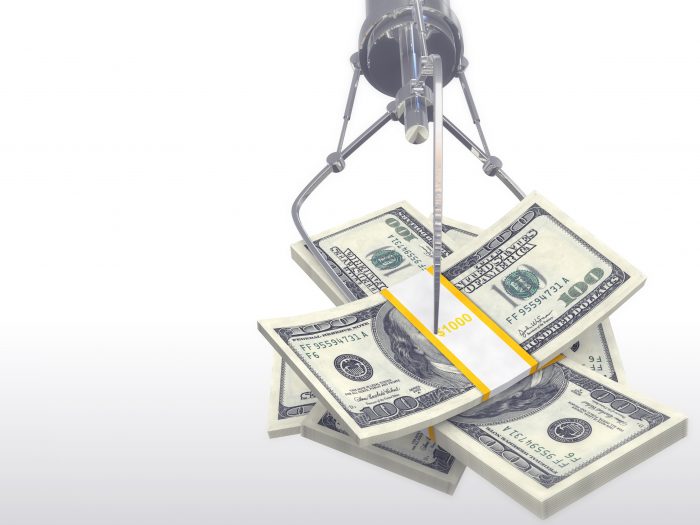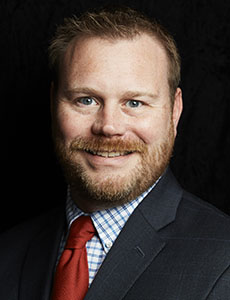What Is a Clawback and How Could It Impact the Risk Profiles of Insureds?

The use of clawbacks to govern behavior by corporate executives is still in its infancy, but may yet become a significant factor for professional liability underwriters and corporate risk managers.
Their existence is due to the legislative reforms that were put in place after the Enron and WorldCom scandals to guard against corporate malfeasance. Now, more and more employers are placing clawback provisions in their executives’ employee contracts.
What Are They?
A clawback is a recoup of disbursed funds in the event of misconduct such as intentional or unintentional false financial reporting, and/or under-deliverance by a company executive.
Clawbacks are an incentive meant to keep executives and their vendors honest and prevent abuses of shareholder trust.
“Clawback provisions are rarely used for any but the highest earners, and then, only at the behest of the board of directors,” said Donna Ferrara, an attorney for Gallagher.
Clawbacks were officially codified by the Sarbanes Oxley Act of 2002. Also known as the Corporate and Auditing Accountability, Responsibility, and Transparency Act, the legislation subjected public companies to auditing and financial regulations for the purpose of protecting shareholders, employees and the public from corrupt financial distribution and accounting errors.
Because clawbacks rarely apply to employees besides executives, not many people are aware of their existence or insurance implications.
But that is changing.
How It Works
The procedure for reacquiring money that has already been paid out is not a straight line.
“It can be difficult to actually force the return of compensation,” said Ferrara..
“Every case will develop differently. It is unrealistic to expect that people will return compensation of any sort without protest or at least, negotiation.”
Technical clawbacks are issued in the event of misconduct, whether the executive is aware of their wrongdoing or not. A case of proven employee misconduct and the issuance of a clawback request could trigger a directors and officers insurance policy.
Even then, however, a policy usually only covers the defense cost and indemnity for clawback claims, not the amount that represents the issued clawback.
The flip side is that a D&O insurance policy can also be triggered if an employee alleges a wrongful act against the company, alleging some kind of fraud, for example.
Keeping Money Honest
Knowledge of clawbacks and why they matter relates at least tangentially to the concept of corporate reputational risk.
Clawbacks are intended to protect the public and restore faith in market shareholders. While a clawback may fail in reacquiring an entire sum of money that was unlawfully distributed, at least some of it is usually paid back to investors. When that happens it can be good for a company’s reputation.
Bernie Madoff, confessed operator of the world’s most famous and largest Ponzi scheme, has been serving a 150-year sentence since his arrest in 2008. In the meantime, his unlawful earnings are slowly but surely being clawed back.
The total amount of money Madoff stole amounted to $17.5 billion of filed claims. Since 2008, BakerHostetler lawyers Irving Picard and David Sheehan have clawed back over $13 billion.
“That’s a little over 75 cents on the dollar, which is remarkable, considering that when they started Mr. Picard expected to recover ‘5 to 10 cents on the dollar,’ which is typical,” wrote Tunku Varadarajan for the Wall Street Journal in 2018.
The use of clawbacks, according to researchers, indicates the presence of a more robust financial reporting infrastructure.
In 2011, a group of scholars at the University of Washington analyzed 300 U.S. companies that had implemented clawbacks and discovered they collectively had more accurate financial reporting than companies that did not.
While enforcing clawbacks can be extremely difficult and present major loopholes, they create an infrastructure in which the public can place direct attention on the moral values of company executives. In the area of reputation and reputational risk, there may be intangible and tangible upsides to this.
From a commercial insurance perspective, the sign of effective clawback clauses would be the absence of company scandal and presence of investor faith, something professional liability underwriters might find attractive.
Because clawbacks are still a fairly new concept for the financial sector, though, the insurance sector may need some time to calculate what impact they may have on risk profiles.
In the meantime, when focusing on financial gain, it’s easy to forget that people and the moral values that hold them accountable are the backbone principles that bolster the insurance industry. &










